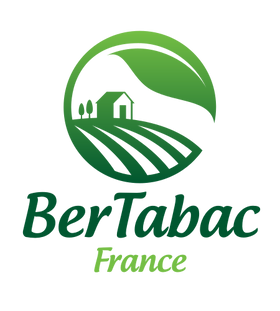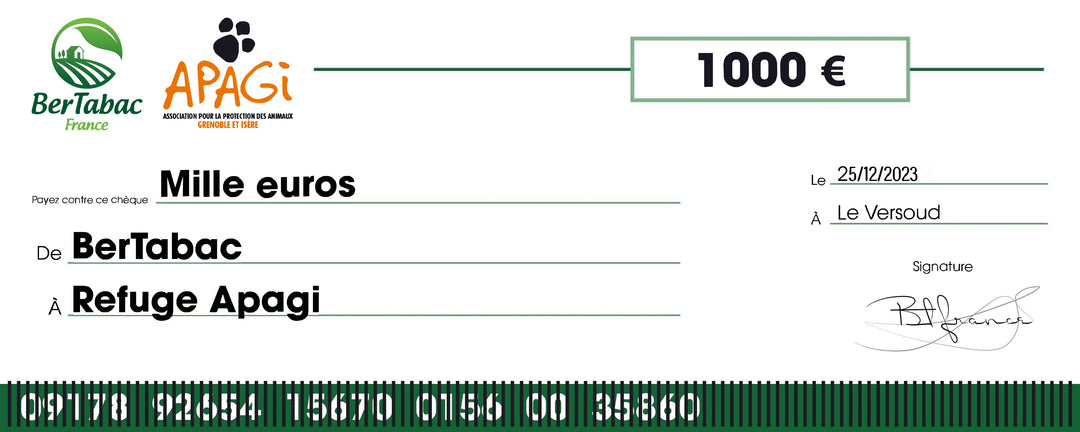The history of tobacco

When Christopher Columbus arrived in America in 1492In his book, he notes that the Indians use tobacco for its magical and medicinal properties. André Thevet brought back seeds and tobacco cultivation began in Europe.
The word tobacco, originally used by Europeans to describe both the plant and the cigar made from its leaves, comes from the Spanish tabaco, itself borrowed from an Arawak word for a type of pipe, an instrument with two pipes. It is attested in its Spanish form since the first half of the xvie century. The Arawaks, a group of Amerindian peoples from the West Indies and Amazonia, probably had another word for the plant we call tobacco(digo according to the archaeologist Benoît Bérard); this word appeared in Spanish by semantic shift, the container (pipe, instrument) ending up designating the content (dried leaves of the plant) and then the plant itself.
The cultivation of tobacco originated in America more than 500 years ago. When Christopher Columbus met the Amerindians, they rolled tobacco leaves to cure themselves until they obtained a kind of large cigar that they called "tabaco". A mixture of several herbs, including tobacco, was also burned in their pipe.
In 1492, during his expedition to America, Christopher Columbus discovered tobacco and brought it back to Europe, to the Spanish and Portuguese courts, where it was used for a long time as a simple ornamental plant. It was not until the middle of the xvie century that the personal physician of Philip II of Spain began to promote it as a "universal medicine". The first written description is said to be by the Spanish historian of Oviedo.
It was introduced into France in 1556 by a Cordelier monk, André Thevet, who, on returning from his stay in Brazil, cultivated it in the vicinity of his home town ofAngoulême. It was then called "herbe angoulmoisine" or "herbe pétun".
In 1560, the French ambassador (François II) to Portugal, Jean Nicot, attributed curative virtues to tobacco and sent powdered tobacco to Queen Catherine de Médicisato treat the terrible migraines of her son François II. The treatment was successful and tobacco became known as the "Queen's herb". Its sale in powder form was reserved for apothecaries. To honour Jean Nicot, the Duke of Guise proposed to call this herb nicotiane. This proposal was adopted by the botanist Jacques Daléchamps who, in his book Histoire générale des plantes, in the chapter entitled "Du Petum ou Herbe à la Reine", illustrated it with an engraving entitled Nicotiane or Tabacum, a terminology later used by Linnaeus to create his binomial. The plant was given many names, including "nicotiana", "medicinal", "catherinary", "Monsieur Le Prieur's herb", "holy herb", "herb for all ills", "Antarctic panacea" and finally "ambassador's herb".
It was at the end of the xvie century that the word "tobacco" appeared: the first botanical illustration was given by Nicolas Monardes in 1571. In 1575, André Thevet gave a "pourtrait de l'herbe Petum ou Angoulmoisine" in his Cosmographie universelle (t II, livre XXI, chap VIII).
At the same time, one of the first treatises on tobacco, then seen as a medicinal plant, was published: L'instruction sur l'herbe petum (1572) by Jacques Gohory.
Cardinal de Richelieu introduced a tax on the sale of tobacco in 1629. Colbert made its production and trade a royal monopoly and at the time national production was the most developed in Europe, with plantations in the East, the South-West, as well as in the four most populated islands of the West Indies: Saint-Christophe, Martinique, Guadeloupe and Saint-Domingue.
Tobacco enjoyed rapid success in the xviie century. Thus, Molière opens his play Dom Juan or the Feast of Peter with a tirade by Sganarelle about tobacco:
"Whatever Aristotle may say, and all philosophy, there is nothing equal to tobacco, it is the passion of honest people; and whoever lives without tobacco is not worthy of living; not only does it cheer up and purify the human brain, but it also instructs souls in virtue, and one learns from it to become an honest man. Do you not see how, as soon as you take it, it is used in an obliging manner with everyone, and how delighted you are to give it to the right and to the left, wherever you find yourself? One does not even wait to be asked for it, and one runs ahead of people's wishes: so true is it that tobacco inspires feelings of honour and virtue in all those who take it.







